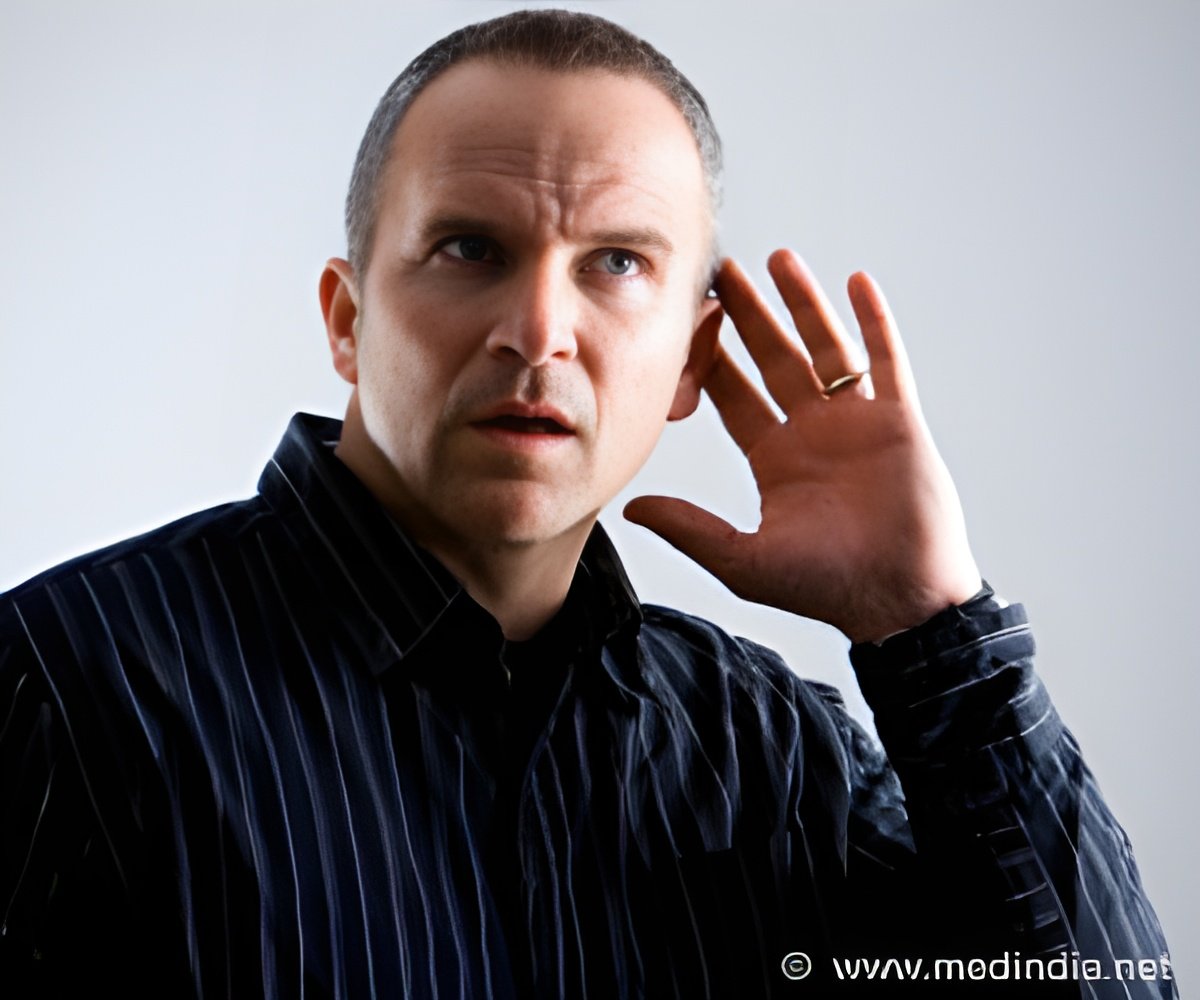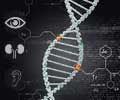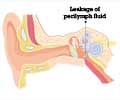Research shows that hearing loss can be reversed using innate systems that maintain hair cell regeneration using a protein.

‘Healing hearing loss through analyzing gaps in actin cores enriched with XIRP2 #HearingLoss #AuditoryResearch’





Advertisement
Hair Cells and their Role in Hearing
Our sense of balance and our capacity to hear both depend on "hair cells" in the inner ear. Because the cells are covered in hair-like features that act as mechanical antennae for sound detection and they are known as hair cells. When auditory hair cells are destroyed, they are permanently lost. However, a recent study from UVA Health demonstrates that these sensitive cells can recover from damage brought on by stressful situations like loud noises.Advertisement
Hair Cell Regeneration
Sensory hair cell regeneration has received a lot of attention in auditory research throughout the years. Even while these efforts are ongoing, it is equally necessary to improve our knowledge of the innate systems that control the repair and maintenance of these cells. We can find ways to enhance these innate repair systems by developing a deeper understanding of them. According to researcher Jung-Bum Shin, Ph.D., of UVA's Department of Neuroscience, one potential strategy for the future involves the use of medications that promote repair programs. This dual regeneration and repair technique could advance treatments for hearing loss and related diseases.Hearing Repair and XIRP2
Hair cells, responsible for our sense of hearing, must endure ongoing mechanical stress while remaining sensitive to sounds. Prolonged exposure to high noise not only damages the hair cell cores but also has additional effects on these cells. Scientists have discovered that hair cells utilize a protein called XIRP2 to detect damage to the actin-made cores. The XIRP2 or Xin Actin Binding Repeat Containing 2 (XIRP2) is required for the repair process and facilitates the enrichment of monomeric γ-actin at gaps (1✔ ✔Trusted SourceRepair of noise-induced damage to stereocilia F-actin cores is facilitated by XIRP2 and its novel mechanosensor domain
Go to source).
Understanding this mechanism could lead to better strategies for combating hearing loss, including age-related hearing loss which affects at least one-third of all older adults. Additionally, this knowledge may have implications for related illnesses such as Alzheimer's disease and other dementia-related disorders.
Reference:
- Repair of noise-induced damage to stereocilia F-actin cores is facilitated by XIRP2 and its novel mechanosensor domain - (https://elifesciences.org/articles/72681)
Source-Medindia















